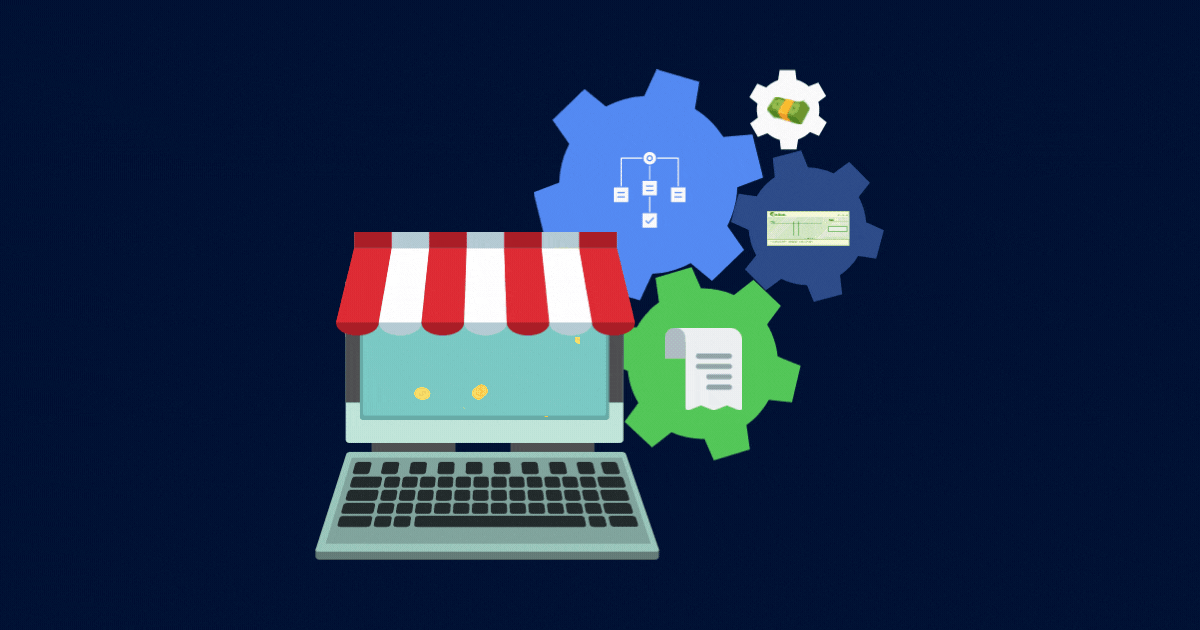
So, you're an accountant or bookkeeper and you’ve decided to move on from checks and wires and implement electronic payments for your clients. Congratulations! But now the real work begins. You’ll need to select an online payment provider, transition all of your clients with their unique processes, integrate your other software systems and tools… is it starting to feel overwhelming?
Fear not – we’ve outlined the steps you need to take to transition from traditional payment methods to online payments. Trust us; it’s actually very straightforward.
What are types of electronic payments?
Electronic payment methods include credit cards, debit cards, online checks, ACH (Automated Clearing House), direct deposit, and more. Each method has its own pros and cons, so it's important to understand which one works best for your business.
What's the difference between EFT, ACH and wire transfers?
EFT and ACH are indeed different.
EFT stands for Electronic Funds Transfer. It is an electronic transfer of funds between two parties. The most common form of EFT is ACH (Automated Clearing House). ACH transfers are used when transferring large amounts of money. They are usually done electronically, but they can be done manually too. Wire transfers are sent via wire transfer. These are typically used when sending small amounts of money, and take between 24 hours and 3 days.
Why should your clients switch from checks and wires to electronic payments?
The most important reason to transition your clients to electronic payments is security. When you send checks or wires, you expose yourself to risk of fraud. The more people who use checks or wires, the greater the chance of fraud occurring. When you switch to electronic payments, you eliminate this risk. Your client will never receive a check or wire payment, so they won't be exposed to fraud.
How to switch clients over to online payments
These are the steps:
- Start Small
- Make all Internal Parties Aware
- Inform your Clients, Vendors, or Suppliers
- Collect the Necessary Information
- Set Up Your Payment Platform
- Make and Collect Payments!
Start small
Shifting all of your clients, processes, and resources to another platform or method is likely the most daunting aspect of this transition. The good news is that you do not have to transition all of your clients and all of your processes at once. It is a good idea to trial the platform first or start by moving only one client or vendor to online payments. This way, you can familiarize yourself with the new process without the full commitment. Look for an online payment provider that allows you to pay only for what you use or that offers a free trial (avoid ones that require you to pay for a monthly account). Starting small will allow you to transition at a pace that makes sense for you.
Make all internal parties aware of your new payment process
Change can be unnerving, especially when it involves money. There will likely be people on your team or clients' teams that find the prospect of online payments scary. The best approach is to handle these concerns up-front so that you can ensure everyone is on-board when it is time to switch. This way, you can make the transition seamlessly. Ensure your team members have had a chance to consider and review security information, that they understand how online payments will fit into their accounting workflow, and that they know their role in the new process. Surprises generally don’t go over well when it comes to new processes, so keep the process transparent and deal with as many of the objections as you can before you begin the transition.
Inform your clients, vendors, or suppliers of your new payment process
Vendors and suppliers like to be kept in the loop when it comes to payments. Ensure that your clients give all of their customers, vendors, suppliers (or anyone else they need to pay) a head’s up before you transition them to a new payment process. Ensure that all parties know what they will need to do to make or accept a payment so that they are ready with the right information and send or receive their payment easily.
Collect the necessary information from clients, vendors, and suppliers
The information that you need to gather from clients and vendors to make a payment will vary depending on the provider you choose. Some payment processors may require your recipient to create an account on their platform, or they may ask you for the recipient’s bank account number and bank information. Other providers (Plooto included) only require that you enter an email address for the person you want to collect from or pay. Once the recipient receives the email, they enter their banking details to accept or send the payment. When selecting a payment provider, consider the type and amount of client/vendor banking information you will need to provide, as this factor could drastically increase the effort involved in transitioning to online payments.
Set up your payment platform with payment, clients and integrations
You’re probably thinking that this part of the process will involve a lot of data entry, and unfortunately, this may be the case with a legacy payment solution. However, there are better alternatives. Modern, cloud-based payment platforms integrate with major accounting software platforms and allow you to import invoices directly from your accounting software. If you are using Plooto, all of the payee contact information in your accounting software, including email addresses, will be pulled in automatically as well. This means you do not need to enter this information manually. Regardless of the platform you choose, using an online payment system will save you from manually filling out payee information every time you need to make a payment, so the overall effort is a lot lower in the long run.
Make and collect your payments
Now for the fun part – the payments themselves. Since you have already tested the platform you are using (see step 1), this step should be straightforward. Ensure that you provide visibility to your team when the payments are complete.
Changing a process is never easy, but deciding to disrupt your business and improve is the first step to success. Once you have selected a provider, follow these steps, and you will be making all of your payments online in no time.
Want to learn more about online payments? Read our Guide to EFT Payments.
Ready to make the transition to electronic payments? Start you free 30-day trial.












